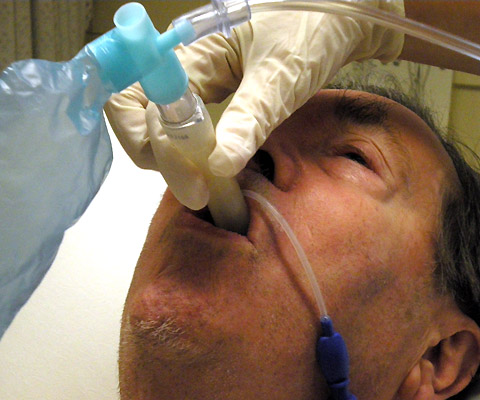Before the cLMA is removed, surgery and anaesthesia should be finished. If positive pressure ventilation has been used, ensure that spontaneous ventilation has been re-established then administer 100% oxygen.
Before the patient reaches light planes of anaesthesia, remove any obvious upper airway secretions with suction (being careful not to displace the cLMA).
Because the cLMA provides such a reliable airway, many anaesthetists keep the patient supine or sitting up routinely during recovery.
The cLMA should not be removed during emergence until the patient is able to open their mouth to command. Removal earlier than this (during emergence), e.g. once the patient starts to swallow, is associated with an increase in complications. Children are a 'special case' and this is covered elsewhere, but the same principles apply.
